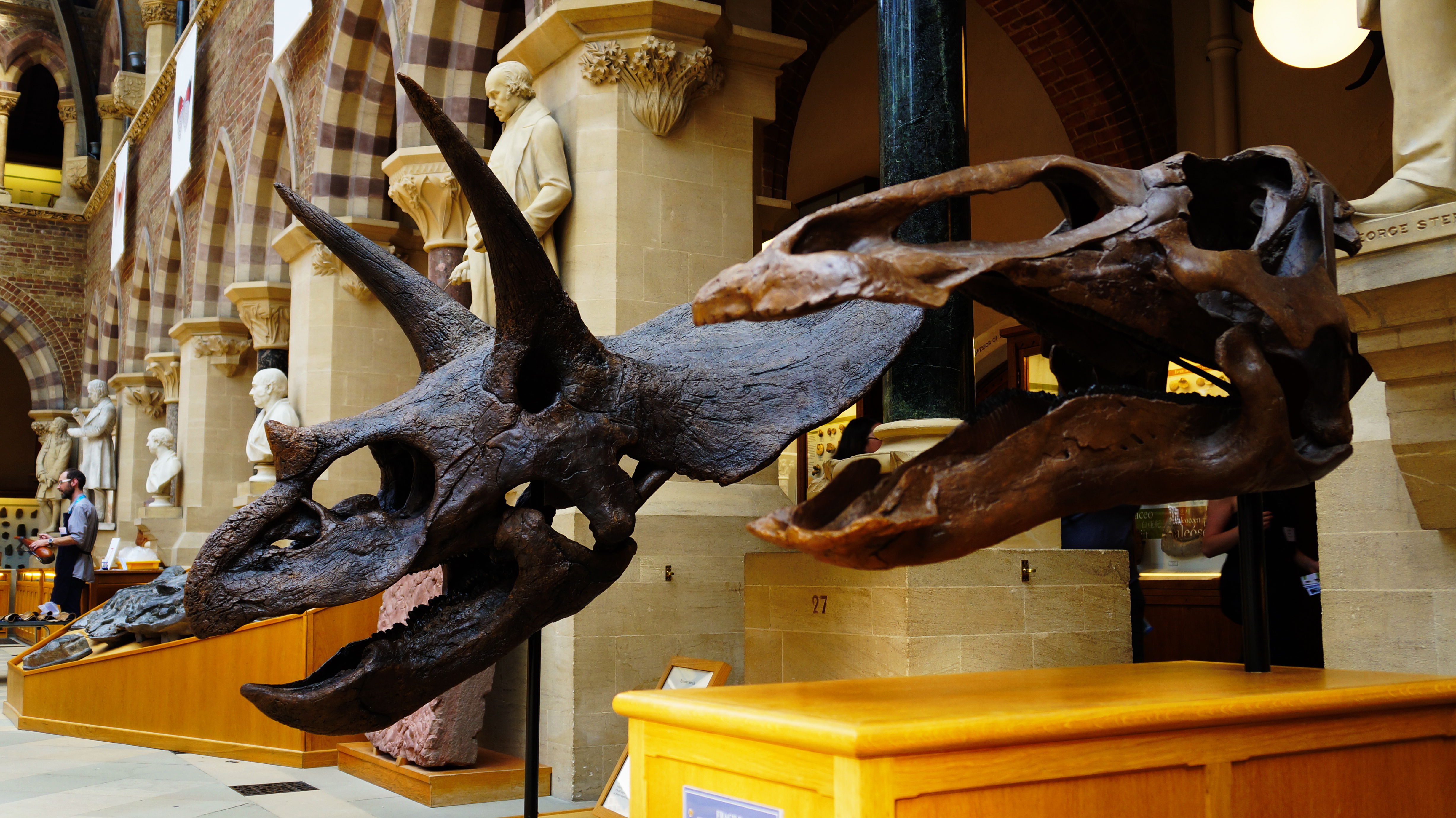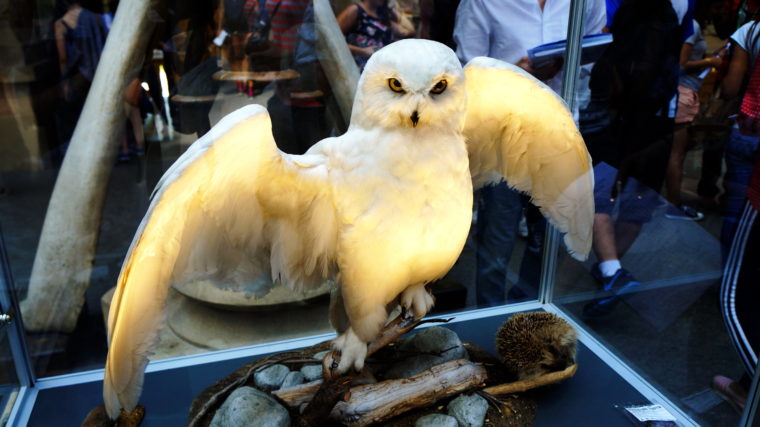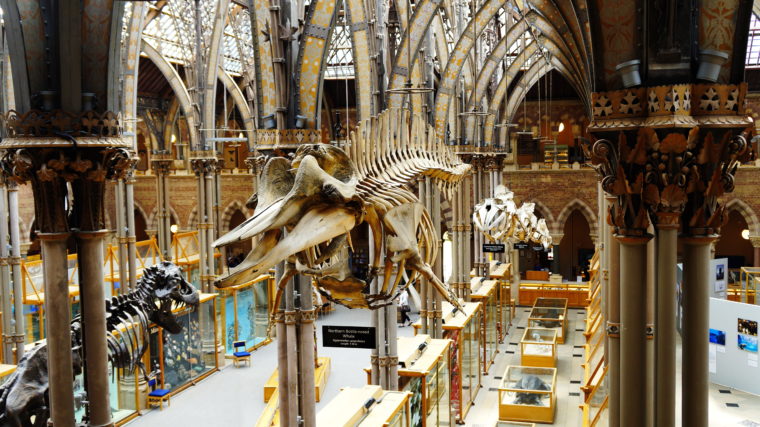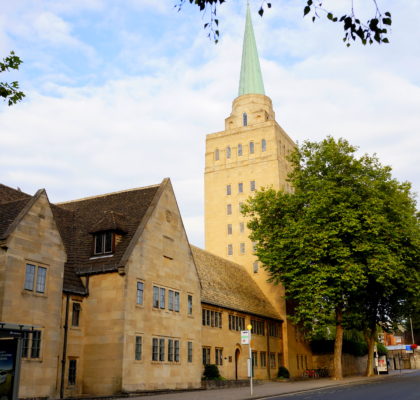The Oxford Museum of Natural History was built between 1855 and 1860 with money earned from the sale of Bibles. The building has a neo gothic architecture and was designed by the Irishmen Thomas Newenham Deane and Benjamin Woodward. The Museum’s main purpose was to bring together various areas of science (astronomy, geometry, physics, mineralogy, chemistry, geology, zoology, anatomy, physiology and medicine) in one place and thus was the scene of one of the earliest debates on evolution theory Of Darwin, who owns a statue to his honor on the ground floor.

The collections
The Museum is separated by 3 main parts, the collection “Earth” which consists of a large collection of fossils, minerals and rocks where you can find Palaeeozoic Faunas, Vertebrates and Jurassic invertebrates, Cretaceous Invertebrates, mollusks and a series of primordial material from the earth. The “Life” collection of the Oxford Museum of Natural History has about a thousand objects related to animals, many endangered or extinct, such as the world’s most complete Dodo, dinosaurs, birds and other animals. And the third collection, “Archives”, houses a unique collection of natural history books, magazines and archives, focusing on themes related to the Museum’s collections.
Your visit
If you like prehistoric animals and evolution, you can stay in the museum for a while, including splitting the visit with the Pitt Rivers Museum, which is practically inside the Museum of Natural History. The place is extremely pleasant for families and children, and can be a great attraction on rainy or cold days, but please note that the Museum has no parking.
Natural History Museum Channel












Pingback: Alice no País das Maravilhas. Um guia de Oxford ⋆ Viajario